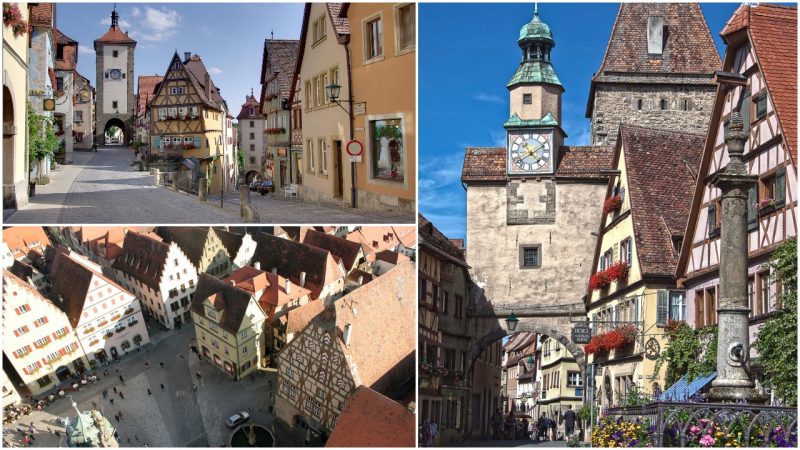In our opinion, Medieval storybook style towns are perfect late autumn and winter getaway locations, and boy did we find a good one.
Along the iconic Romantic Road in South Germany in the Franconia region of Bavaria, Rothenburg ob der Tauber is a real medieval gem that has proudly stood since the 10th Century.
With an abundance of timber-framed houses, a web of cobblestone streets and towering walls, this typical Bavariaesque town is one of the best preserved medieval places in Germany and a top tourist attraction.
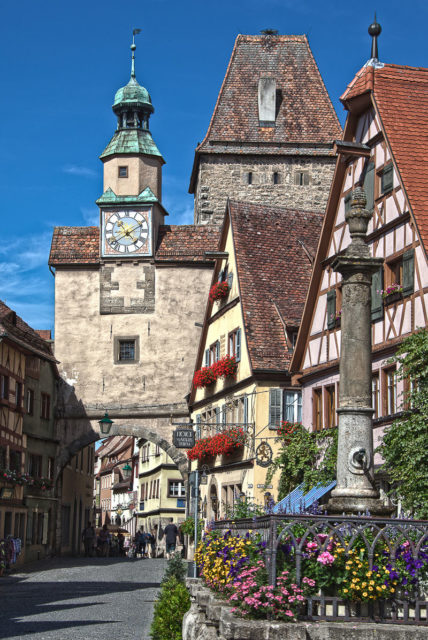
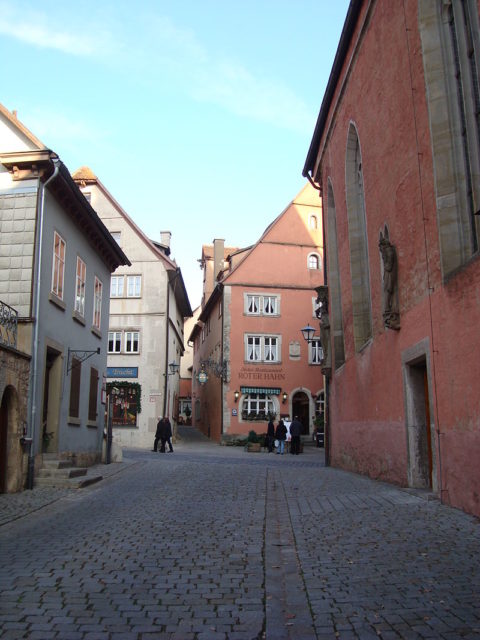
Because of its location, on a plateau overlooking the Tauber River, the town got the name Rothenburg ob der Daur, which literally means “Red fortress above the Tauber.”
In 970, in the Tauber Valley below the eventual site of Rothenburg, an Eastern European nobleman called Reinger founded the Parish of Detwang. In 1070, the counts of Comburg-Rothenburg built the Rothenburg castle on the mountain top high above the Tauber River .
In 1116, when the counts of Comburg-Rothenburg dynasty died out, the last count, Emperor Heinrich V, appointed his nephew, Konrad von Hohenstaufen, as successor to the Comburg-Rothenburg properties.
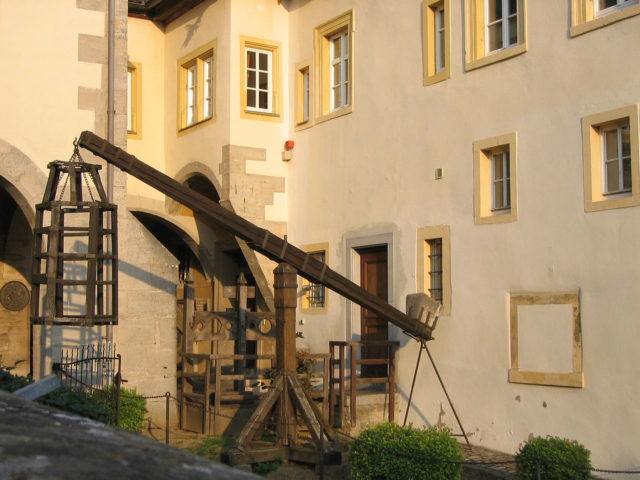
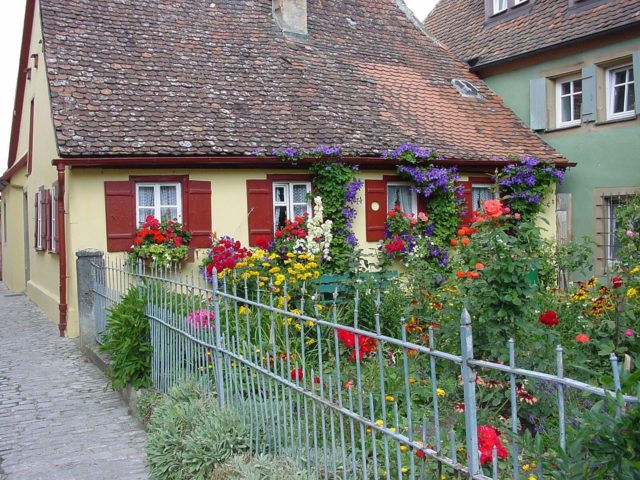
Towards the end of the 12th Century, the town had expanded from the settlement around the castle, and in 1241, when the first fortified ring was built with a town church, market square and the headquarters of two knightly orders, Rothenburg ob der Daur was first referred to as “Civitas.”
Royal officials controlled the town to begin with. A patrician upper class authorized itself as a civil administration in the form of a Council supported by several royal privileges.
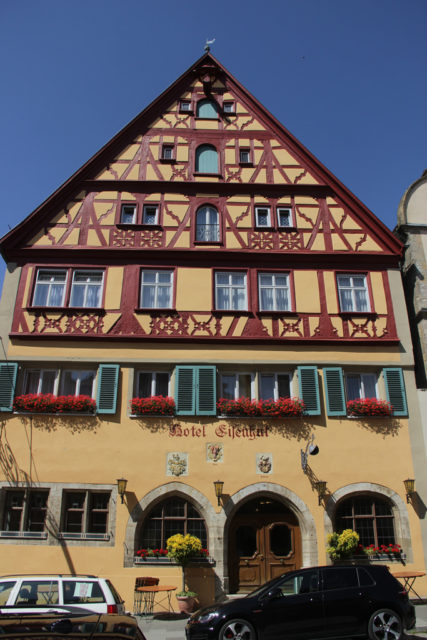
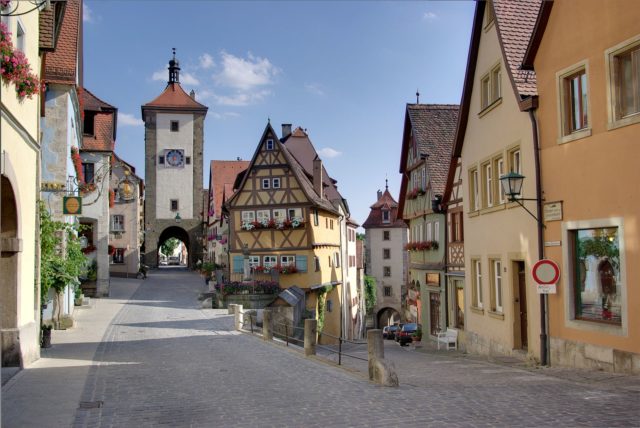
This establishment reached its peak in the Great Privilege of Freedom in 1274 granted by King Rudolph. Rothenburg was an almost autonomous Imperial town by the end of the 14th Century.
The Holy blood pilgrimage attracted a large number of pilgrims to Rothenburg, which at the time rose to be one of the 20 largest cities of the Holly Roman Empire. Within the city walls there was a population of around 5,500 people, with a 14,000 people in the surrounding territory.
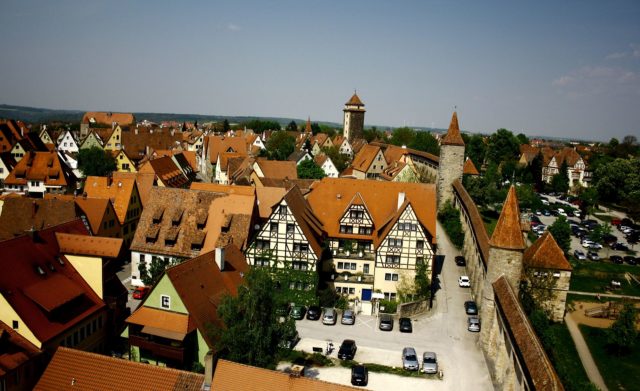
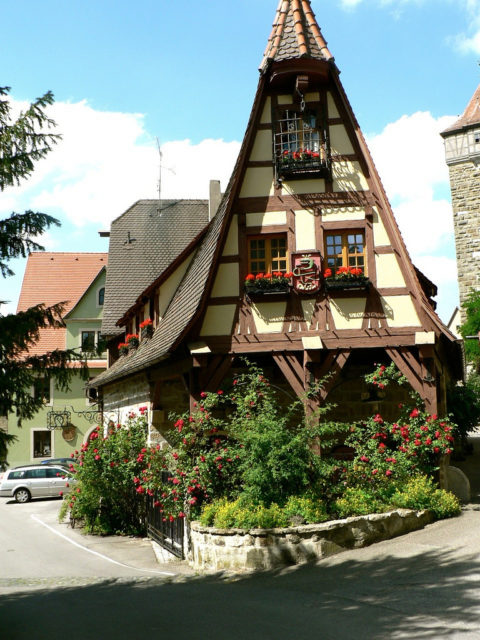
During the Thirty Years’ War, in 1631, the Protestant town was attacked by 40,000 troops sent by the Catholic Johann Tserclaes, Count of Tilly. Ultimately, Tilly’s troops defeated Rothenburg and left the town poor and nearly empty. Additionally, in 1634, the bubonic plague killed more townsfolk.
Absolutely impoverished and almost powerless, Rothenburg stop growing and began to stagnate in its 17th-century state.
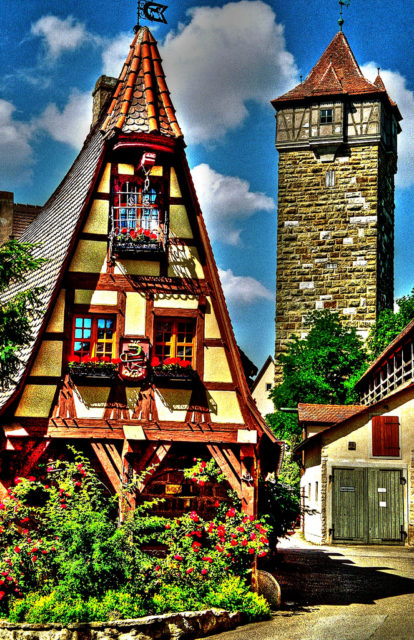
Since the beginning of the 19th century, Rothenburg has been a part of Bavaria and a favorite spot for prominent artists, especially artists of Romanticism, such as Hans Thoma and Carl Spitzweg,
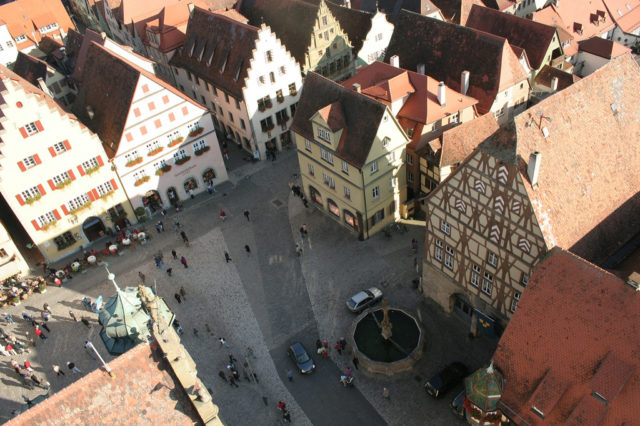
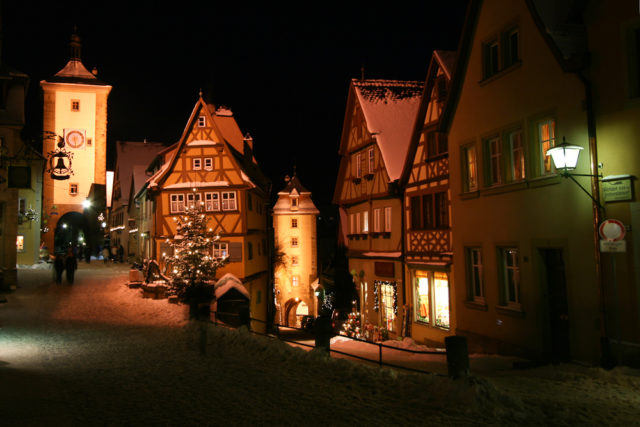
Rothenburg was a really important town for Nazi ideologists, as they considered it as the epitome of German Home Town, representing all that is quintessentially German.
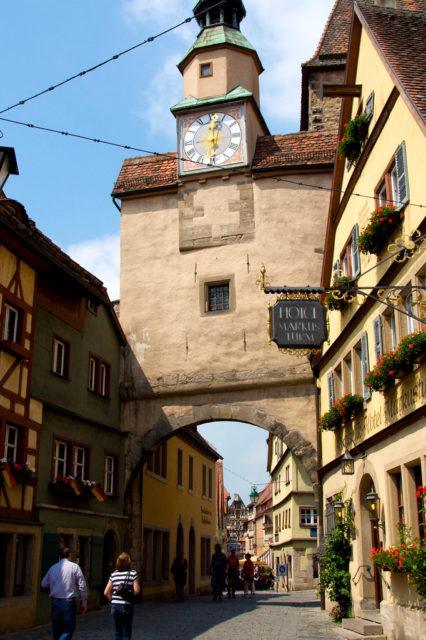
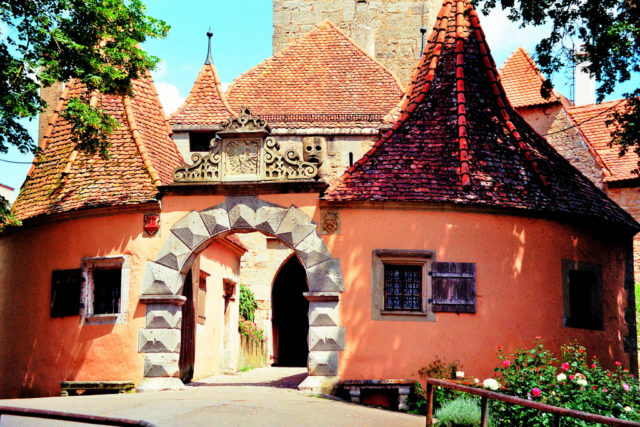
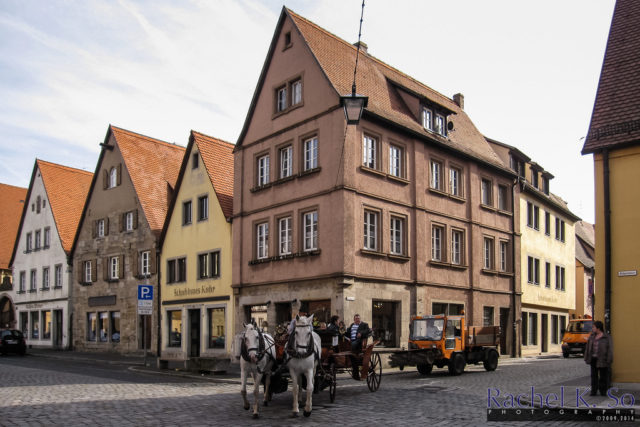
Days of hardship came once again during an American air raid during the last weeks of WWII, when almost half of the old walled town was nearly demolished. In the post-war period Rothenburg underwent major rebuilding, which is considered to be the most important achievement in the town’s recent history.
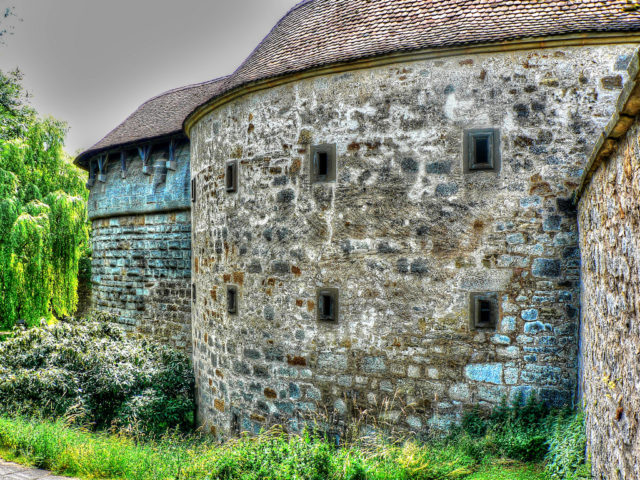
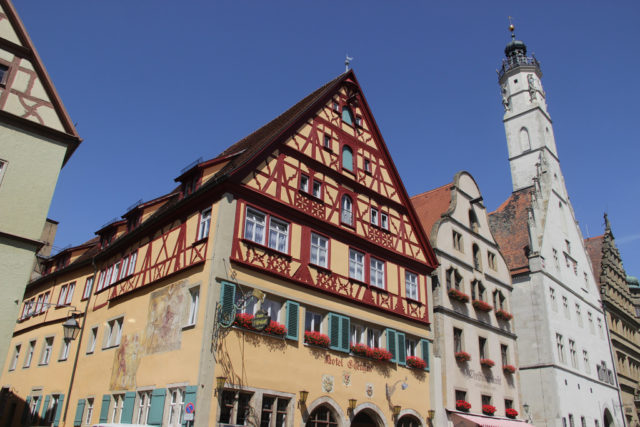
In the more recent history, Rothenburg saw another American invasion, but rather than tanks the medieval town was frequently filled with cameras and movie props.
Due to its picturesque appearance, Rothenburg was a frequent movie location for notable films such as Chitty Chitty Bang Bang and Harry Potter and the Deathly Hallows – Part 1 and Part 2. The town also served as an inspiration for the village in Pinocchio.
